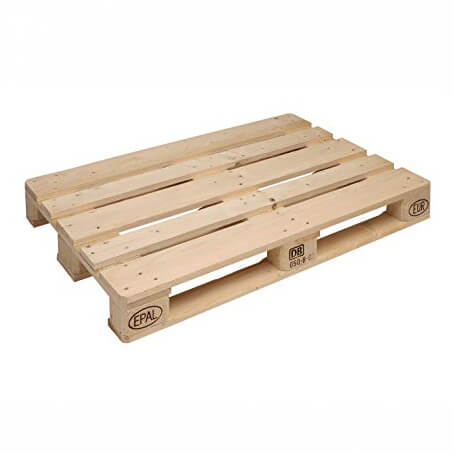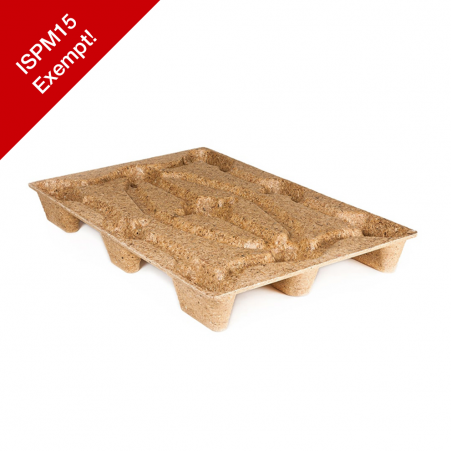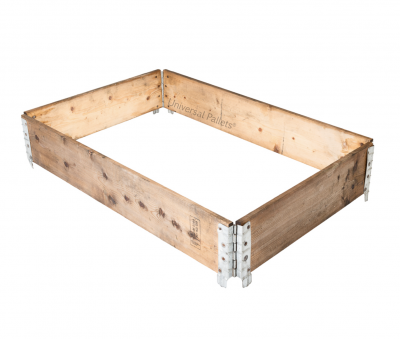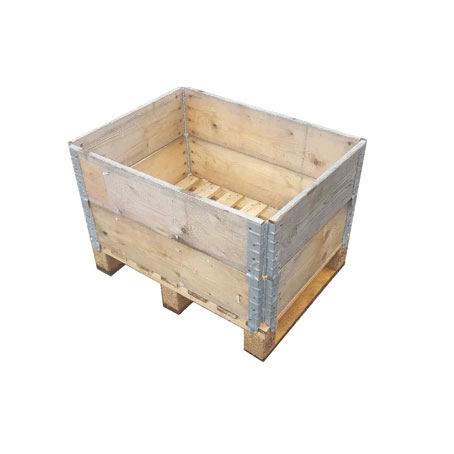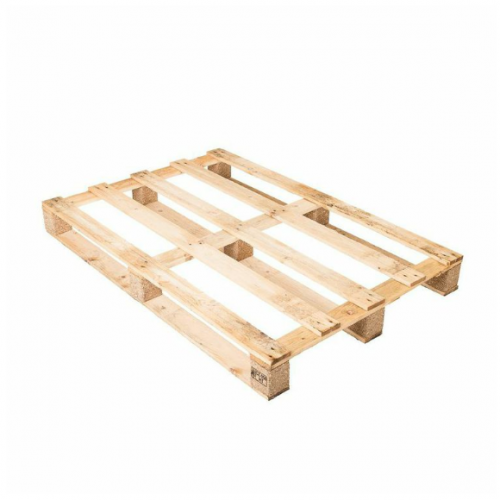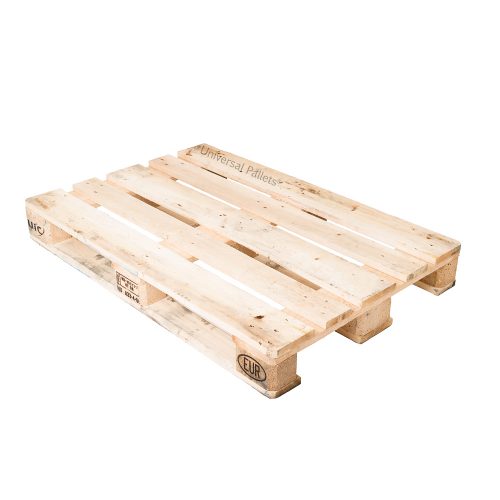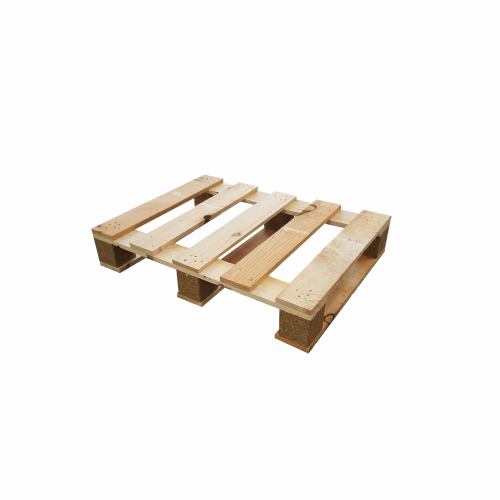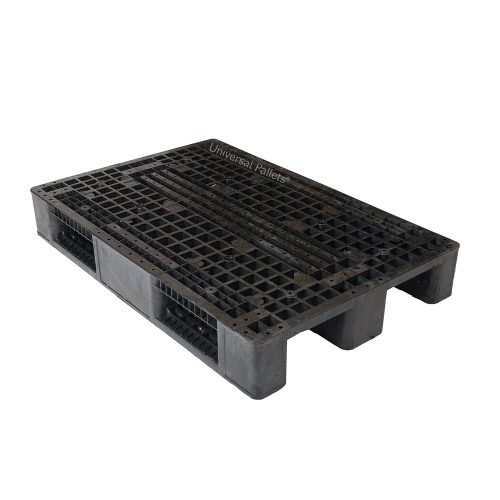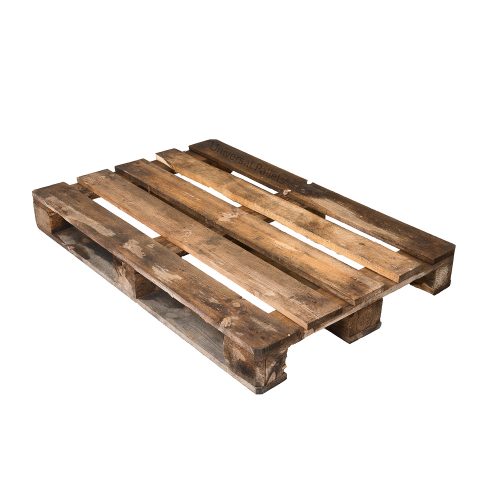Wooden pallets are, contrary to appearances, an invention with a relatively short history. The first copies were made in the middle of the last century. Their application was limited to transport of various goods by means of forklifts, thus the size had to be unified. Currently, euro pallets are still used mainly by the industry due to a number of advantages – high durability, practicality and ecological nature.
Certainly, the most important factor has always been the quality of wood and its treatment method. EUR pallets are widely known only in the Old Continent, but also overseas. Standard models (called EPAL) are characterized by an average weight of 25 kg and dimensions of 800 x 1200 mm (these parameters have been set by international standards). Certainly, the factor that is of most interest to potential users is their load bearing capacity.
As the cargo may be variously distributed, this value is within a quite wide range of 1 to 1.5 tonnes (when the pallets are handled, for example, on the said forklift), and may even be up to 4 tonnes, if static load capacity is taken into account. The use of pallets is not limited to one storage system – but many years of experience allow us to state that these systems will work best in automated warehouses.
In recent years, storage pallets have contributed to numerous interior design ideas. Pallet furniture (with almost endless design ideas, depending on the post-treatment method) looks great in industrial or rustic design with some modern details.
In conclusion, hardly can anyone find better handling equipment for storage and stacking systems. Although the function of wooden pallets on sawdust brackets is not limited to this practical purpose, still high loading capacity remains their main advantage.
Showing 1–12 of 19 results

